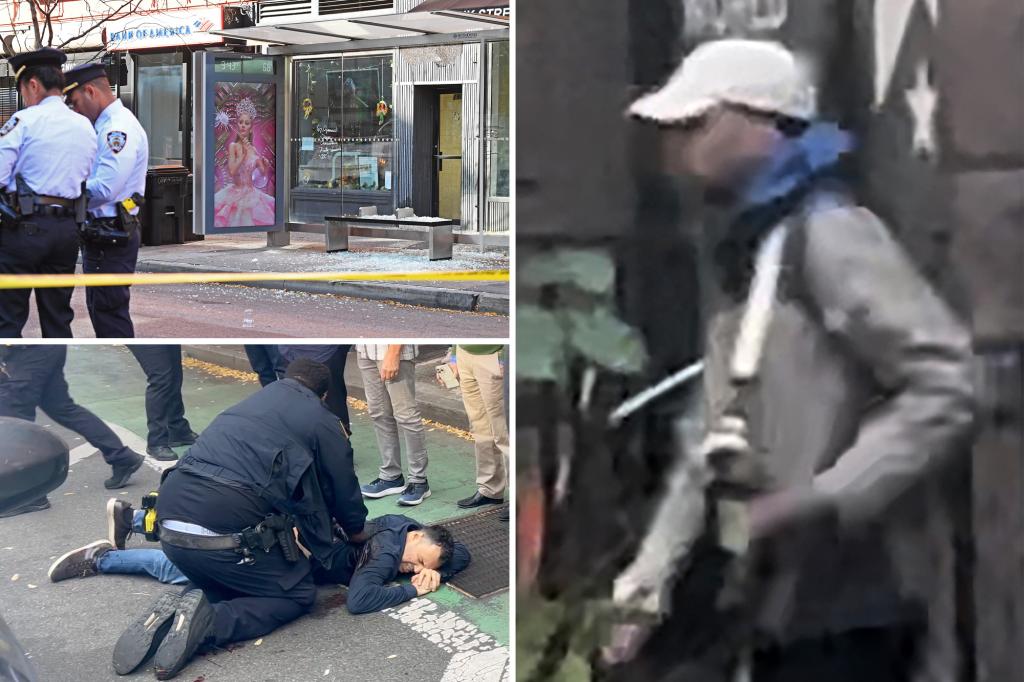A former computer repair store worker in Queens, Eduardo Diaz, was arrested and charged with attempted murder, assault, and weapon possession after he shot his ex-boss Boris Shapiro in broad daylight on the Upper West Side. Diaz had been fired from the nearby Lincoln Business Machines Incorporated months before the shooting took place. Shapiro, who was recovering from his injuries at Mount Sinai Morningside, expressed relief upon learning of Diaz’s arrest, as he was nervous that the suspect might return to harm him again.
The incident unfolded when Diaz showed up at his former workplace, but left without causing any harm. Shapiro, concerned about Diaz’s intentions, followed him up Columbus Avenue and called the police when he noticed he was armed. Subsequently, Diaz shot Shapiro in the shoulder and leg on the street before escaping into the 72nd Street train station. The ensuing manhunt disrupted subway service, causing delays and forcing passengers to evacuate through the tunnel.
Eyewitnesses reported that tensions had been escalating between Diaz and his employer over alleged financial disagreements. Despite working remotely for the computer company, Diaz was said to have become increasingly irate, culminating in the violent confrontation on the day of the shooting. Boris Shapiro, the victim, was described by locals as a familiar face in the neighborhood, known for his friendly nature and regular interactions with residents and nearby business owners.
Residents of the Upper West Side, known for its family-friendly atmosphere and sense of security, were shocked by the brazen shooting that occurred in their quiet neighborhood. Maya Shatsky, a 25-year-old resident, expressed disbelief that such violence could take place so close to home, stating that similar incidents were more commonly associated with busier areas like Times Square. Despite the incident, residents affirmed their love for the Upper West Side and their belief in its overall safety, though they were troubled by the unexpected outburst of violence in their community.
Following the arrest of Eduardo Diaz, the suspect in the shooting, and the recovery of Boris Shapiro, the victim, the Upper West Side community began to process the shocking event that had taken place in their midst. The incident had left residents concerned about safety and security in their neighborhood, prompting conversations about how such violent outbursts could be prevented in the future. While acknowledging the rarity of such incidents in their area, residents were troubled by the impact that the shooting had on their sense of peace and stability in the close-knit community.
As the details of the shooting continued to emerge, including the motive behind the attack and the nature of the relationship between Diaz and Shapiro, residents of the Upper West Side remained vigilant and cautious in the aftermath of the incident. The sense of shock and disbelief lingered among those who had witnessed the events firsthand or heard about them from neighbors and local news reports. Ultimately, the community rallied together to support Shapiro in his recovery and to ensure that measures were put in place to prevent similar incidents from occurring in the future, reaffirming their commitment to maintaining the safety and security of their beloved neighborhood.


